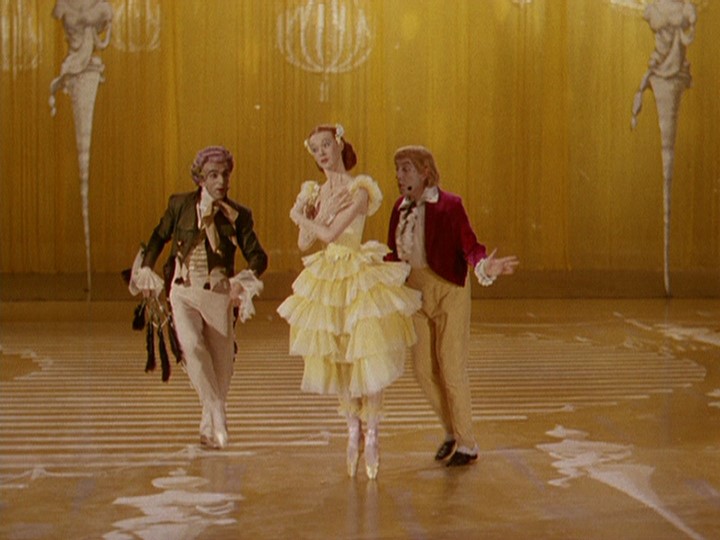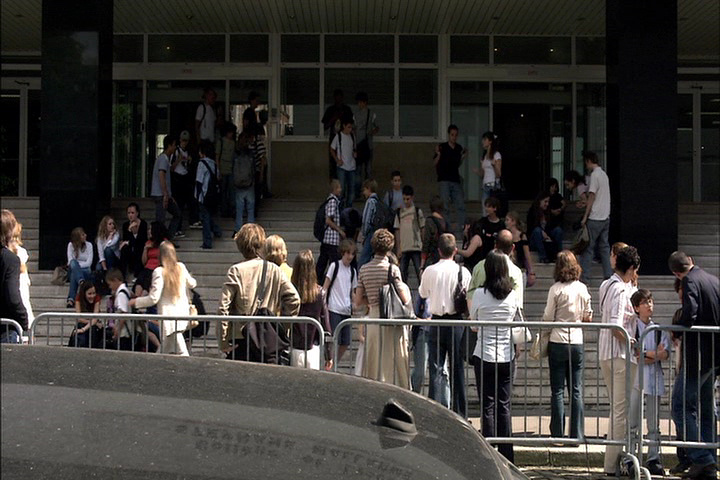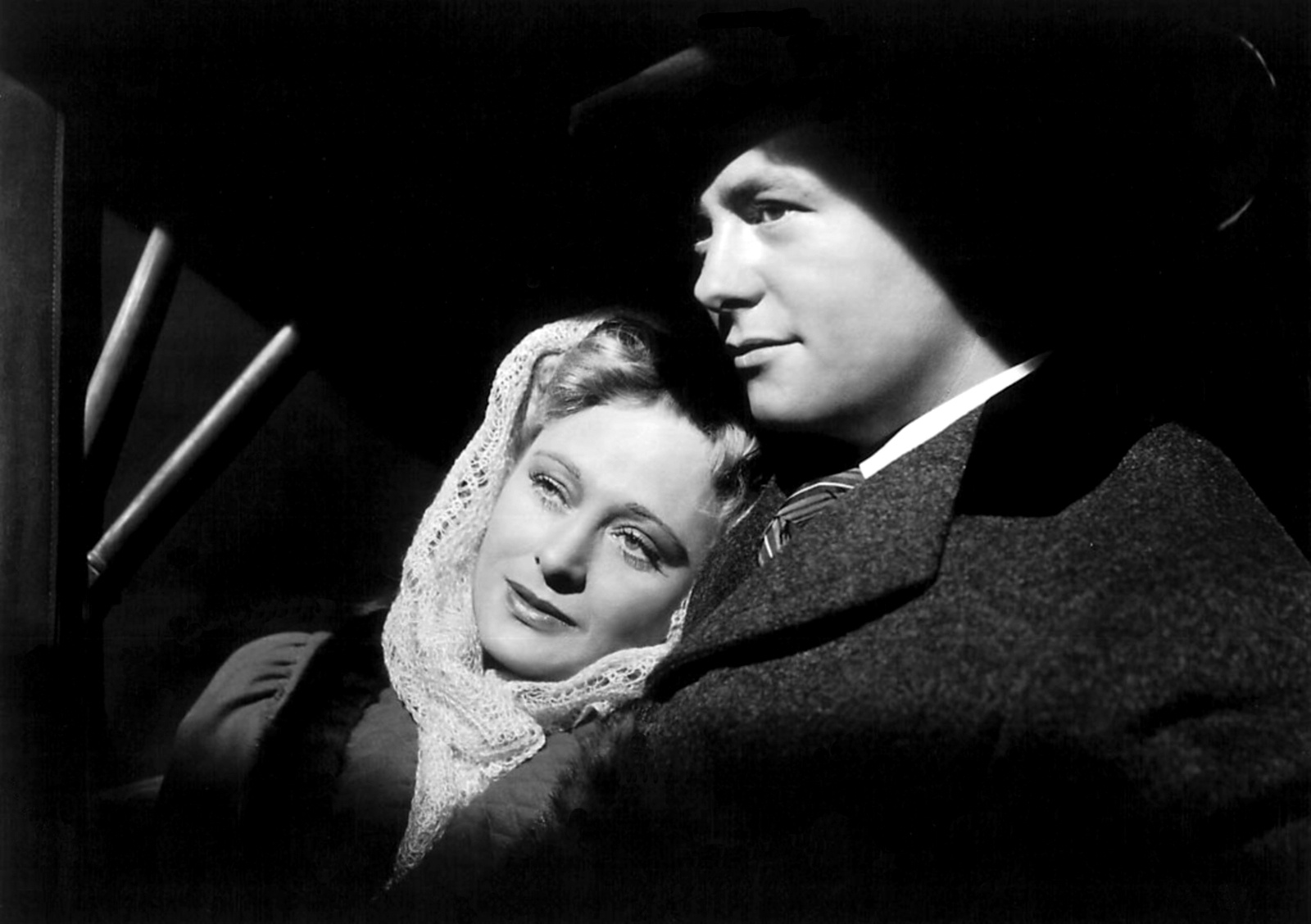8. Silence of the Lambs

Only three movies in the history of the Oscars have won all the five main categories (Best Picture, Director, Actor, Actress and Screenplay): “It Happened One Night,” “One Flew Over the Cuckoo’s Nest,” and the exceptional “Silence of the Lambs,” which also has the extra distinction of being the rare genre movie to achieve academic accolades. In fact, it’s not just any genre movie: it’s a horror/suspense with immense atmosphere, so effective that director Jonathan Demme kept it going all the way through the end credits.
In the final scene, the iconic Hannibal Lecter, now a fugitive from prison, calls Clarice Starling and ominously says “I’m having an old friend for dinner,” then walking away and disappearing in the crowd.
It’s not the most subtle subtext, but it doesn’t matter, because the image of the most dangerous psychopath in the world blending in is one that remains in the mind long after, and invites the viewer to consider what happens next.
7. Seven

David Fincher’s masterpiece “Seven” has one of the most iconic and celebrated opening credits of all time and for good reason: it completely sets up the mood of the film and has a clever, hidden foreshadowing of the twists and turns to come.
Less talked about, however, is the end credits that, while not as elaborate, are just as effective. The simple decision of having the credits come down on the screen, instead of the usual up, together with the incredible font design, already creates a dissonant feeling, almost disturbing, which is completely in keeping with the tone of the movie.
6. A Bug’s Life

As previously said, one of the most, if not the most, traditional way of closing credits is the gag reel. It’s generally fun seeing actors break in the middle of filming, but it almost never amounts to much more than that. However, every once in awhile a gifted team finds a creative way to deal with that, and probably the best example is “A Bug’s Life.”
It’s nobody’s favorite Pixar movie, but it ends in one of their most inventive and revolutionary endeavours ever: actually creating an animated gag reel. It’s a wonderfully meta sequence that includes even physical gags, as if the bugs were actual actors; it’s well written and made with a playful spirit that bleeds onto the screen.
This has now become a sort of tradition in Pixar, and it all started with the delightful credits of this movie.
5. Dogville

A deeply experimental, challenging and ultimately rewarding movie, the end credits of “Dogville” are worthy of the movie that closes.
Set to David Bowie’s “Young Americans,” the credits are one the most striking examples of dissonance between music and image and the power that creates. Bowie’s song’s breezy nature is contrasted with pictures of terrible pain and misery of the forgotten people of America, a contrast which could denote the very hypocrisy of the privileged that choose to focus on the bright sides of society (the Bowie song) and forget the miserable.
It’s a powerful piece in itself, but it also ties in so well with the themes of the movie that it becomes one the most unique, idiosyncratic and effective closing credits ever.
4. The Tales of Hoffmann

Another unique movie, this time by the most celebrated duo of directors this side of the Coen brothers, Michael Powell and Eric Pressburger’s “The Tales of Hoffman” is not simply an adaptation, but a direct transposition of the French opera of the same name to the screen.
In the fantastical narrative, there are magic glasses that allow the person wearing them to see the truth behind puppets and the various inanimate objects that come to life.
At the end of the movie, we see a title that reads “The Performers, As Seen Through the Magical Glasses” and thus, in a very beautiful and creative way, we see side by side the actors who played the characters and the opera singers who dubbed them.
It’s an ingenious idea made even better by Powell’s and Pressburger’s aesthetic skills.
3. Harry Potter and the Prisoner of Azkaban

Possibly the best Harry Potter movie of all, “The Prisoner of Azkaban,” like “The Tales of Hoffman,” also has a magical object tied to its plot that comes back in a fun and creative way during the credits.
In this case it’s the Marauder’s Map, which shows the entire landscape of Hogwarts through little symbols indicating a specific place and footsteps indicating the people. We only get a glimpse of it in the movie, but in the credits a lot of time is spent enjoying all the wonderful details put into the map.
It’s delightful stuff, especially for fans of the franchise.
2. Cache

Michael Haneke is known for his psychologically torturing movies and for the incredible amount of layers put upon his seemingly simple stories that are actually filled with meaning, and perhaps there is no better example of this than the final moments of “Cache.”
The movie follows a couple that begins receiving tapes of their house, as if someone is watching them. The whole story is structured around them trying to find out who is behind this, a question that will seemingly go unanswered. Until the credits.
It’s a simple wide shot of a school entrance that, for anyone who isn’t looking, will surely seem like a random way of ending the movie. But in the corners of the screen, Haneke brilliantly hides answers and revelations that any other director would have made the big point of the movie.
Many of credits on this list are good because they capture the essence of the movie, but the credits of “Cache” are an integral part of the plot, which is what makes them so unique and important.
1. The Magnificent Ambersons

Anyone who is mildly familiarized with classic Hollywood knows that ending credits were nowhere to be found for a long time. The preferred method was a long introductory credit sequence and a simple “The End” to finish it off. And then came Orson Welles.
The man behind the most influential movie of all time, Welles followed his revolutionary masterpiece with “The Magnificent Ambersons,” a movie that notoriously suffered from severe cuts from studio, which completely jeopardized his original vision. It’s still a great movie, but one wonders if it would have been just as transformative as “Citizen Kane” had it been preserved. There are certainly indications that Welles was yet again revolutionising the medium, especially with the inclusion of the end credits.
He was one of the first ever to do it, and what a way to do it at that: completely written cards-free, Welles simply narrates the names of the key people involved, as the camera elegantly shows behind-the-scenes footage, including pages from the script and a drawing of the sets.
It’s an ingenious idea that in 1942 was something absolutely fresh and new.